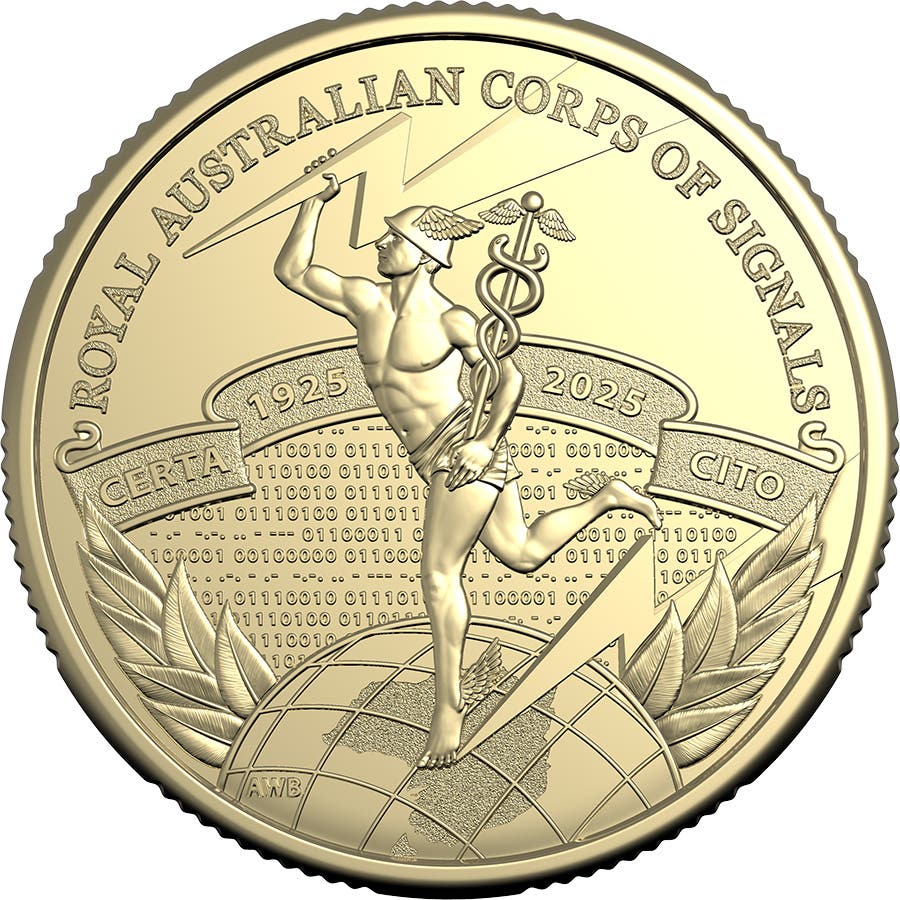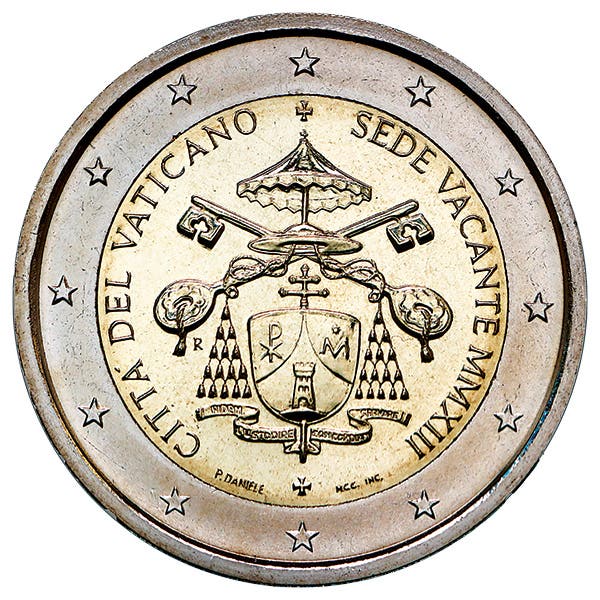Belarus Recalls Former Currency
The landlocked nation also known at one time as White Russia founded on a part of the ruins of the former Soviet Union in 1991 is technically a presidential republic…
The landlocked nation also known at one time as White Russia founded on a part of the ruins of the former Soviet Union in 1991 is technically a presidential republic with a bicameral national assembly or parliament. The president is the head of state. Belarus has a prime minister, but that prime minister is appointed by the president.
Leaders of Belarus, Russia, and Ukraine met at the Belovezhshaya Pushcha Nature Preserve in late 1991, the meeting resulting in the Belovezh Accords. The Almaty Declaration and Protocol established through the Belovezh Accords confirmed the demise of the Soviet Union, but also organized the establishment of the Commonwealth of Independent States.
While the goal of the CIS to develop a common economic region including a common currency failed, it was Belarus that clung to using first former Soviet, then CIS, and even later Russian currency while the other 11 Belovezh Accords nations went in their own individual directions, developing their own national currencies.
Belarus eventually established the National Bank of the Republic. The 1992 Belarus rubles circulated domestically alongside the Russian ruble. The export of domestic currency was restricted and was based on current exchange values. Foreign currency could be imported for free, but the export of that same currency was only free up to $500 value in U.S. currency.
The Belarus ruble became a truly independent currency in 2000. This second ruble period (beginning in 2000) basically lobbed three zeroes off the inflation riddled 1992 Belarus ruble. Long before that, in 1994, Lukashenko had already been lobbying Russia for a common currency between the two nations. Following the failure to reach such an agreement Belarus grudgingly in 2008 tied its ruble to the U.S. dollar.
The third ruble period introduced in 2016 included Belarus coins meant for use in circulation for the first time. Coins were issued in denominations of 1, 2, 5, 10, 20, and 50 kopeks, as well as 1 and 2 rubles. Bank notes were issued in denominations of 5, 10, 20, 50, 100, 200, and 500 rubles. The bank notes are dated 2009, the year an unsuccessful currency reform had been hoped to have taken place.
Now, according to a Nov. 1 announcement made through the news agency BelTA, “The period of the 2000 series bank notes exchange comes to an end on 31 Dec. 2021.”
According to BelTA, “As from 1 Jan. 2022, the bank notes of the denominations 100, 500, 1,000, 5,000, 10,000, 20,000, 50,000, 100,000, [and] 200,000 Belarusian ruble of the 2000 series will be deemed invalid (will lose the force of the legal tender). These denominations can be exchanged for the bank notes and coins of the 2009 series in the cash offices of the National Bank without restrictions and charges. The exchange rate is 10,000 Belarusian ruble of the 2000 series to 1 Belarusian ruble in the bank notes of the 2009 series.”








